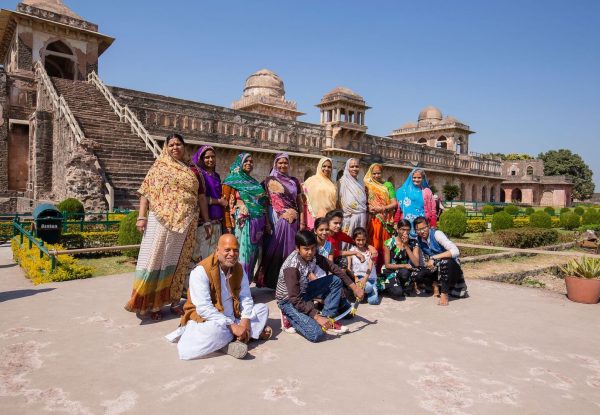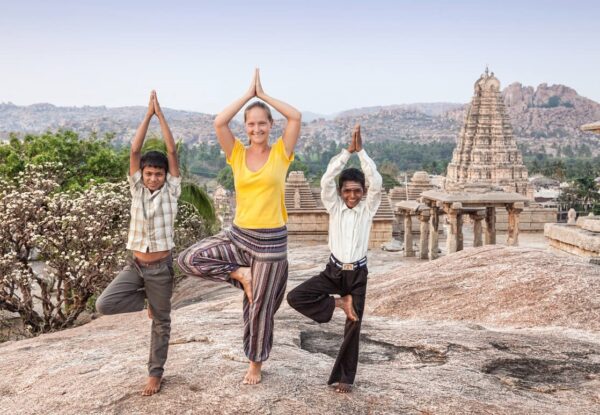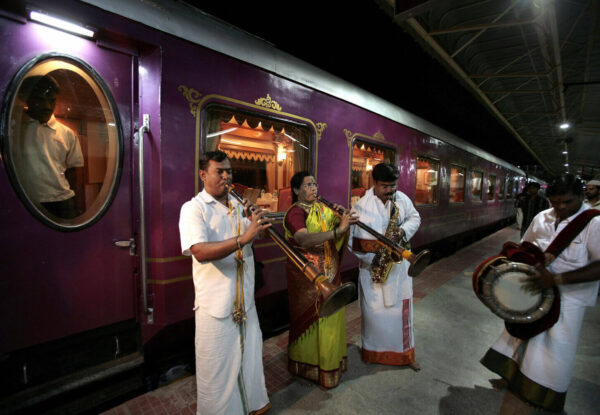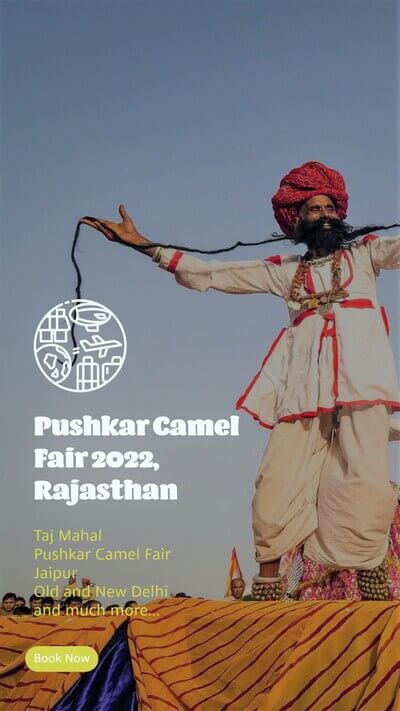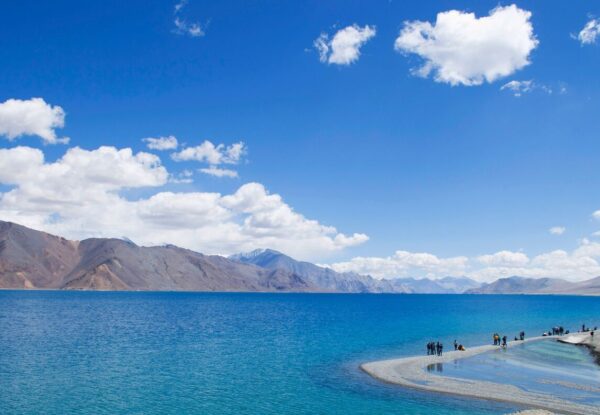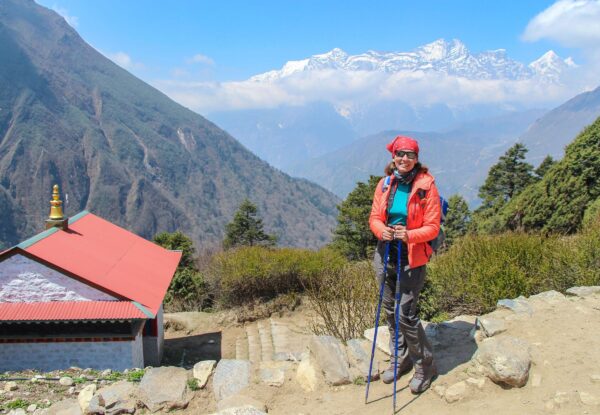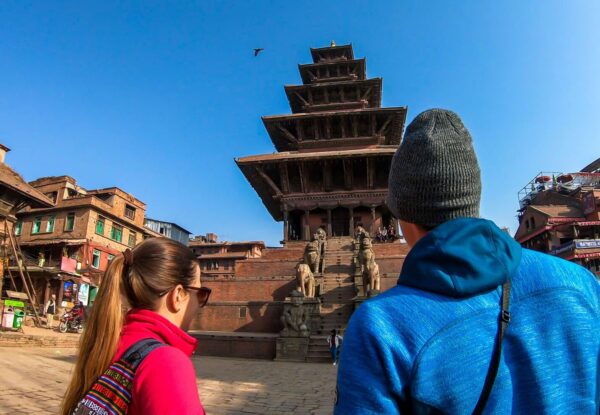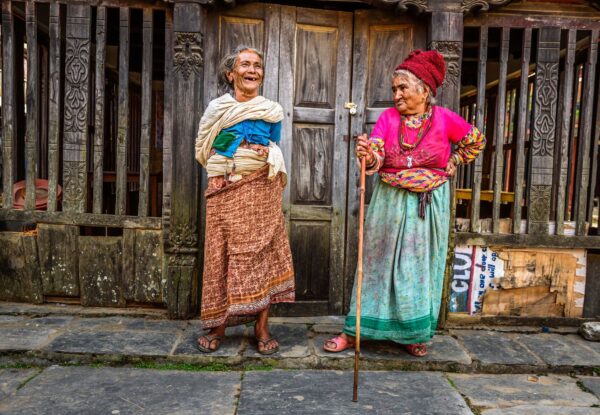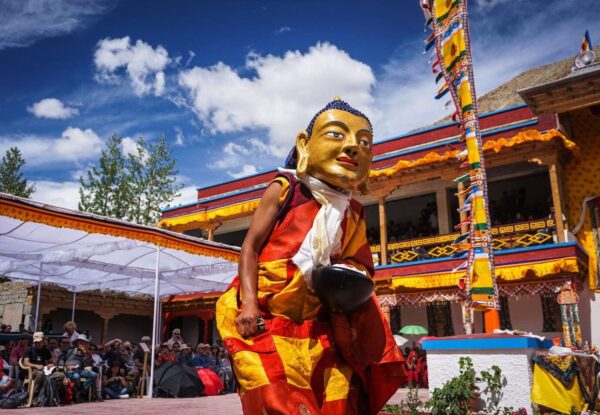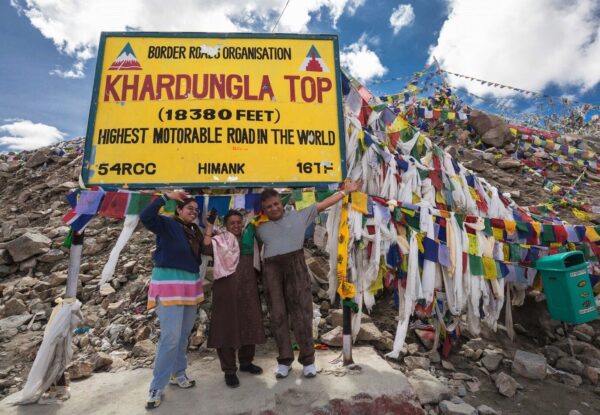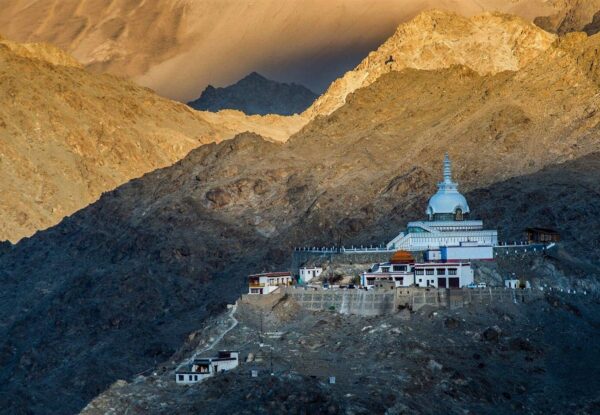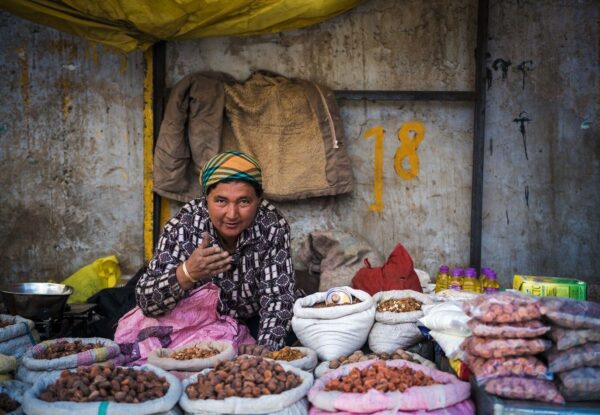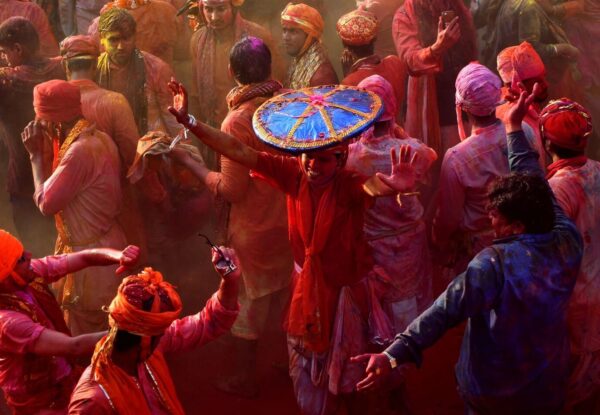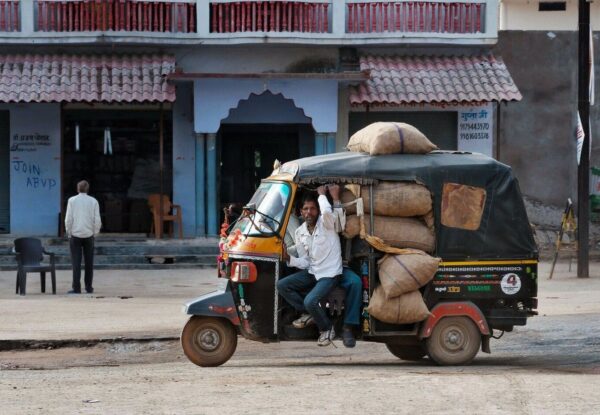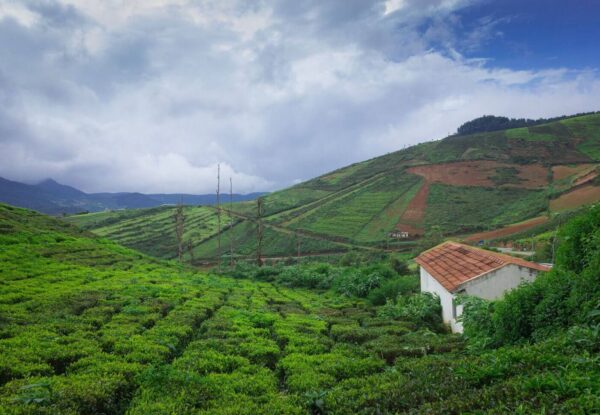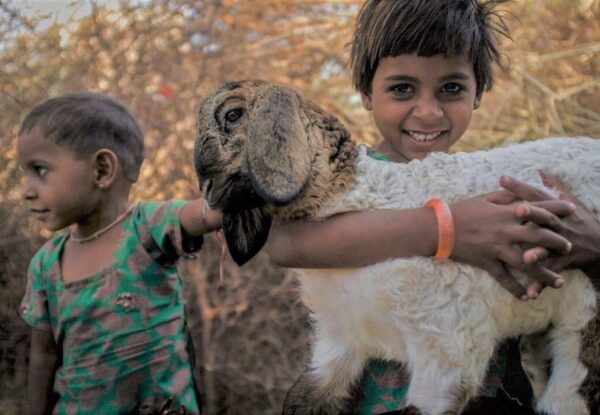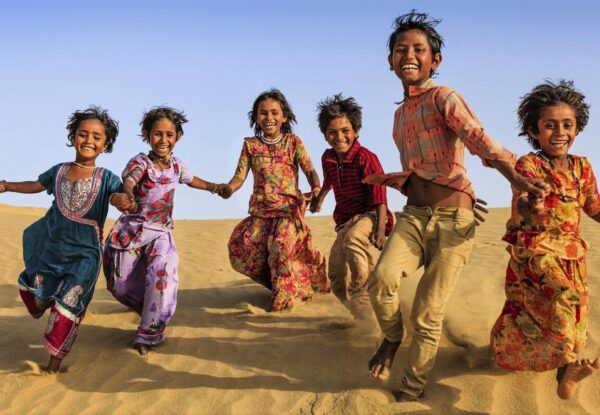Highlights of East India Sojourn
Trip Details
- Find the soul of Calcutta as you go on a dynamic exploration, through an excursion that will open your mind to a new component of a city that was almost forgotten. Once the first city of the British Empire it is now a demonstration of the Bengali love of food, culture, academic and artistic flair. The streets are full of energy and life with trams, buses, high- end cars and rickshaw hand –pulled carts. So interesting is this city, that even the gods live in the streets and are faithfully crafted in the narrow lanes of Kumortuli before the week-long festival of Durga Puja every year. As you stroll through the streets the warmth of Calcutta and its people will captivate you
- We head to Darjeeling and Sikkim on an Overnight Train Journey. Located high in the eastern Himalayas, which is in the distant north-east of India, there is a wealth of tea that overflows on the sides of the mountains on its plantations with a Buddhist monastery just a stone’s throw away . Adding to the beauty of the place, are cheery painted cottages that protrude from the valleys of the adjoining fields and waterfalls that spill over into the roads. Beautiful orchids grow in the gardens and nurseries and even in the wild between the oak and pine trees
- Beside the cars, are the steam trains journeying to and fro and from time to time you get a glimpse of the 8,598 meters (28,200 feet) five-peaked Mount Kanchenjunga as the clouds separate and the mists clears, It is the world’s third-highest mountain, about 100 kilometers away on the India–Nepal boundary. In the words of the locals ”- as you climb higher, the roads get worse and the tea gets better”. You will soon find out that the high rise has more to offer than this special drink
- These hill towns are calmer, greener and cooler than the land below. As we ascend further up the mountains we get to the state of Sikkim, which was at one point an independent kingdom that later became part of India after the 1975 referendum .You will encounter a surreal and unblemished landscape with high peaks, lakes and valleys which is home to the unique cultures and traditions of the people who live here.

India your way, your route, your style
• Price based on two persons in a double room
• Prices are in USD Excluding international flights
• Do you prefer to travel alone or would you like to come to India with a group of friends? We will be happy to tailor-made your tour program that meets all your wishes and needs
| Travel Period | PRICE PER PERSON | |
|---|---|---|
| Apr 1, 2024 – Mar 31, 2025 | from Price on Request (Deluxe) | INQUIRE NOW |
| Apr 1, 2024– Mar 31, 2025 | from Price on Request (Luxury) | INQUIRE NOW |
Would you like to have the trip tailored to your wishes?
Our itineraries are only examples and suggestions and can be customized individually. For example, a trip can be shortened or extended with additional destinations or monuments, the hotels can be a mix of 4 and 5 star etc. Let us know your personal wishes so that we can adapt the trip to your wishes. Connect with our travel expert for a 1:1 consultation and receive your obligation free travel proposal. Together with the travel request we will send you the hotel list so that you can get a picture of the hotels selected on the internet. We promise ✔Competent and Friendly Guides ✔Expert Drivers ✔Best Hotels ✔24/7 Support. Read more on Why Vacation India?
Get in Touch: info@vacationindia.com / +91-99274-65808 (India Calling & Whatsapp) / USA/Canada: 1 (888) 414-6804
Included
- 13 days individual travel from New Delhi to New Delhi
- 12 Nights in a double room or single room in selected hotels according to the booked category
- Daily breakfast
- A high quality air-conditioned car with driver at your disposal during your entire stay
- Round trip, sight seeing and all excursions as mentioned in the tour program
- Services of a Local English speaking guide
- Overnight Train from Kolkata to New Jalpaiguri in First Class
- Transfers airport – hotel – airport
- All entrances as described in the tour program
- Darjeeling Toy Train ride
- 2 liter bottles of mineral water per person per day
- 24 hours contact in India
- All taxes and fees, parking, tolls and interstate taxes etc.
Not included in the price
- International Flight
- Domestic Flights
- Lunch and Dinner
- Any other services not mentioned in the inclusions
- Visa & Insurance
- Expense of personal nature like tipping, laundry, telephone/fax calls, alcoholic beverages, camera/video camera fee at monuments, medical expenses, etc.
There are no reviews yet. Be the first one to write one.
To receive the list of Hotels selected for this tour, please email us at info@vacationindia.com
Keywords: Kolkata Darjeeling Sikkim Tour, Darjeeling Kolkata Sikkim Tour
Similar Tours You May Like
Best of Kashmir and Leh Ladakh
Fly from New Delhi to Srinagar (Kashmir) ➜ Gulmarg ➜ Pahalgam ➜ Sonamarg ➜ Kargil ➜ Mulbekh ➜ Lamayuru Monastery ➜ Likir ➜ Sangam Viewpoint (Confluence of Zanskar and Indus Rivers) ➜ Spituk ➜ Magnetic Hill ➜ Leh ➜ Khardung La ➜ Nubra Valley ➜ Diskit ➜ Hunder ➜ Turtuk ➜ Lake Pangong Tso ➜ Chang La ➜ Hemis ➜ Thiksey ➜ Leh ➜ Fly from Leh to New Delhi
Everest Base Camp Trek
Kathmandu ➜ Flight to Lukla ➜ Hike to Phakding ➜ Dhudh Kosi (Sherpa Villages, Namche Bazaar) ➜ Khumjung (Kunde to Acclimatize) ➜ Thyangboche Monastery ➜ Kyanjuma ➜ Khumbu Valley ➜ Imja Valley ➜ Dingboche ➜ Lobuche ➜ Everest Base Camp (Gorak Shep, Kala Pattar, Climb Down to Pheriche) ➜ Kathmandu
Go Nepal: A 12-Day Nepal Experience
Kathmandu (Thamel Area, Leisure Time) ➜ Chitwan National Park ➜ Pokhara ➜ Tikhedhunga ➜ Ghorepani ➜ Tadapani ➜ Ghandruk ➜ Dhampus ➜ Pokhara ➜ Kathmandu
Classic Nepal Tour: Kathmandu, Bandipur, Chitwan, Pokhara
Kathmandu (Thamel Area) ➜ Swayambhunath ➜ Durbar Square Bazaar ➜ Hanuman Dhoka ➜ Patan ➜ Bhaktapur ➜ Pashupatinath and Boudhanath ➜ Bandipur ➜ Manakamana Temple ➜ Pokhara ➜ World Peace Pagoda ➜ Davis Falls ➜ Phewa Lake ➜ Chitwan National Park ➜Kathmandu
From Manali to Leh: Tour the Sights of Ladakh
New Delhi (Start), Amritsar (Punjab), Mcloead Ganj (Dharamshala), Manali, Keylong via Rohtang La Pass, Tso Kar, Leh, Hemis Monastery, Thiksey Monastery, Leh Palace, Shanti Stupa, Phyang Monastery, Alchi, Likir, Diskit Monastery, Nubra Valley, Pangong Tso via Shyok River, New Delhi (End)
Kashmir Leh Ladakh India Tour (13 Days)
New Delhi (Start), Srinagar (Kashmir), Dachigam National Park, Sonmarg, Lamayuru, Alchi, Likir, Thiksey Monastery, Leh Palace, Shanti Stupa, Phyang Monastery, Nimmu Village, Shang Valley, Hemis Monastery, Khardung La Pass, Nubra Valley, Lake Pangong, Tso Moriri, New Delhi (End)
On the Footsteps of Himalaya (Leh, Ladakh, Kashmir and Zanskar)
New Delhi (Start) ➜ Srinagar (Kashmir) ➜ Gulmarg ➜ Panikhar via Sonamarg ➜ Kargil ➜ Padum via Rangdum ➜ Kargil ➜ Lamayuru ➜ Wanla ➜ Photoksar ➜ Lingshed ➜ Alchi ➜ Likir ➜ Leh ➜ Hemis ➜ Thiksey ➜ Lake Pangong ➜ New Delhi (End)
LEH LADAKH SUMMER FESTIVAL 2023 TOUR – 12 Days
New Delhi (Start), Leh-Ladakh, Alchi & Likir Monastery, Nubra Valley, Khardung La Pass, Tso Moriri, Tso Kar, Leh, New Delhi (End).
India Impressions
Mumbai ➜ Aurangabad (Ajanta & Ellora Caves) ➜ Indore ➜ Mandu ➜ Maheshwara & Omkareshwar ➜ Ujjain ➜ Bhopal ➜ Bhimbetka Caves and Bhojpur ➜ Jhalawar ➜ Rawatbhata ➜ Bundi ➜ Chittorgarh ➜ Mumbai or Delhi
Best of Kashmir and Leh Ladakh
Fly from New Delhi to Srinagar (Kashmir) ➜ Gulmarg ➜ Pahalgam ➜ Sonamarg ➜ Kargil ➜ Mulbekh ➜ Lamayuru Monastery ➜ Likir ➜ Sangam Viewpoint (Confluence of Zanskar and Indus Rivers) ➜ Spituk ➜ Magnetic Hill ➜ Leh ➜ Khardung La ➜ Nubra Valley ➜ Diskit ➜ Hunder ➜ Turtuk ➜ Lake Pangong Tso ➜ Chang La ➜ Hemis ➜ Thiksey ➜ Leh ➜ Fly from Leh to New Delhi
Holi Festival Tour 2024 – Holi in Vrindavan and Pushkar
Old Delhi and New Delhi ➜ Mathura ➜ Agra ➜ Jaipur ➜ Pushkar ➜ Deogarh Mahal Palace Hotel ➜ Rankpur ➜ Udaipur ➜ New Delhi
Treasures of Central India (15 days)
New Delhi ➜ Indore ➜ Dhar ➜ Mandu ➜ Omkareshwar ➜ Maheshwara ➜ Ujjain ➜ Bhopal ➜ Sanchi and Udaygiri ➜ Bhimbetka Caves and Bhojpur ➜ Jabalpur ➜ Bandhavgarh Tiger National Park ➜ Khajuraho ➜ Orchha ➜ Jhansi ➜ Datia ➜ Sonagiri ➜ Gwalior ➜ Chambal Wildlife Sanctuary ➜ New Delhi + Optional tour of Taj Mahal
South India Wildlife and Trekking Tour
Madikeri (Coorg) ➜ Nishani Motte Trek ➜ Namdroling Monastery ➜ Kabini Wildlife Sanctuary ➜ Nagarhole National Park ➜ Ooty ➜ Pollachi ➜ Anamalai Tiger Reserve or Parambikulam Tiger Reserve ➜ Munnar ➜ Eravikulam National Park Madurai ➜ Chinnar Wildlife Sanctuary (Thoovanam Waterfalls) ➜ Madurai (Meenakshi Temple) ➜ Chennai
West India Highlights – Best of Gujarat & Maharashtra (20 days)
Mumbai ➜ Elephant Caves ➜ Aurangabad (Ajanta & Ellora Caves) ➜ Ahmedabad ➜ Adalaj Stepwell ➜ Poshina ➜ Rani-Ki-Vav Stepwell ➜ Sun Temple at Modhera➜ Patan Patolas Sari Weavers ➜ Dasada (Little Rann of Kutch) ➜ Bhuj (Great Rann of Kutch) ➜ Banni Tribal villages (Crafts and Textiles of Kutch Region) ➜ Mandvi Beach ➜ Dholavira (The Lost Civilization) ➜ Gondal ➜ Sasan Gir National Park ➜ Palitana ➜ Vadodora ➜ Lothal ➜ Champaner ➜ Ahmedabad
Family Holidays in India with Kids – Perfect for Family Adventure Holidays
Old and New Delhi ➜ Ranthambhore National Park ➜ Abhaneri Stepwell ➜ Agra (Taj Mahal, Baby Taj, Tuk-tuk tour, Red Fort) ➜ Hill Station Shimla ➜ Toy Train from Shimla to Solan (a ride in a UNESCO World Heritage listed Train carriage) ➜ Prakriti Farms (Chandigarh) ➜ Mumbai
From Manali to Leh: Tour the Sights of Ladakh
New Delhi (Start), Amritsar (Punjab), Mcloead Ganj (Dharamshala), Manali, Keylong via Rohtang La Pass, Tso Kar, Leh, Hemis Monastery, Thiksey Monastery, Leh Palace, Shanti Stupa, Phyang Monastery, Alchi, Likir, Diskit Monastery, Nubra Valley, Pangong Tso via Shyok River, New Delhi (End)
Kashmir Leh Ladakh India Tour (13 Days)
New Delhi (Start), Srinagar (Kashmir), Dachigam National Park, Sonmarg, Lamayuru, Alchi, Likir, Thiksey Monastery, Leh Palace, Shanti Stupa, Phyang Monastery, Nimmu Village, Shang Valley, Hemis Monastery, Khardung La Pass, Nubra Valley, Lake Pangong, Tso Moriri, New Delhi (End)


